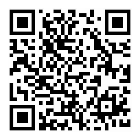DIN EN ISO 16484-3-2005 建筑自動(dòng)化和控制系統(tǒng)(BACS).第3部分:功能
作者:百檢網(wǎng) 時(shí)間:2021-07-20
中文標(biāo)準(zhǔn)名稱:建筑自動(dòng)化和控制系統(tǒng)(BACS).第3部分:功能
英文標(biāo)準(zhǔn)名稱:Building automation and control systems (BACS) - Part 3: Functions (ISO 16484-3:2005); English version of DIN EN ISO 16484-3:2005
標(biāo)準(zhǔn)類型:P92
發(fā)布日期:1999/12/31 12:00:00
實(shí)施日期:1999/12/31 12:00:00
中國(guó)標(biāo)準(zhǔn)分類號(hào):P92
國(guó)際標(biāo)準(zhǔn)分類號(hào):35.240.99;97.120
引用標(biāo)準(zhǔn):EN 60617-12;EN 60617-13;EN ISO 16484-2-2004;EN ISO 16484-5
適用范圍:This Part 3 of the standard specifies the requirements for the overall functionality and engineering services to achieve building automation and control systems. It defines terms, which shall be used for specifications and it gives guidelines for the functional documentation of project/application specific systems. It provides a sample template for documentation of plant/application specific functions, called BACS points list in annex A. The informative function block examples explain a method to display the referenced functions in system documentation; they do not standardize the method for programming functions and applications. This part of the standard covers the following: Requirements and definitions regarding BACS and application software, generic functions for plant/project specific applications and engineering functions for building controls and operations. It provides communication functions for the integration of other dedicated special system processes. The functional requirements in this part of the standard are subdivided as follows:~t-- System management and application software: describes the requirements for plant independent systems and human system interface programs related to a project, including the operating system. This standard does not dedicate the following system functionality to any particular hardware, e.g.: -- system diagnostics, watchdog, redundancy, time keeping, access control, log lists; -- point identification, event message handling, print control; -- database, statistics, data archiving, remote access; -- system communications. -- Human system interface (HSI), point information presentation, graphics, alarms, time scheduling. -- Engineering process and tool software: describes the requirements for configuring of the hardware and control strategies, the system management and the commissioning process.~-- BACS application processing programs and plant/application specific functions: describes the requirements for plant, application and/or project specific functions and a method for the documentation of a project. The functions are subdivided into the following types: -- input and output functions, physical and shared; -- processing functions (e.g. for monitoring, interlocks, control and optimization); -- management functions (system programs), and required communications; -- operator functions. This Part 3 defines a method for specifying the procurement specifications containing all essential elements required for the operational functioning of a BACS. The successful installation and operation of a BACS requires that its procurement be based on a complete and accurate functional specification. The standard provides a template called the 'BACS points list' that can be found in annex A (normative). Its purpose is to determine and document the options for plant/application specific functionality based on the plant/control schematic. Further explanations can be given in form of plant/control descriptions and control flow chart diagrams. Examples are given in annex B (informative). The exact specifications will be project-specific. Information about the standardizedfunctions is given in the form of informative examples as function-blocks, textual, and graphical descriptions in 5.5.It is recognized, that functions can be described and implemented in many different ways, depending on:-- climatic differences:-- cultural and regional differences;-- national regulations.
相關(guān)標(biāo)準(zhǔn)
《GB/T17593.2-2007》紡織品 重金屬的測(cè)定 第2部分:電感耦合等離子體原子發(fā)射光譜法
《EN16128:2011》與皮膚長(zhǎng)時(shí)間緊密接觸的眼鏡架和太陽(yáng)鏡的組件的鎳釋放量參考試驗(yàn)方法
《EN1811-2011+A1:2015》直接長(zhǎng)期接觸皮膚的產(chǎn)品中鎳釋放的測(cè)試方法
《GB/T17593.4-2006》紡織品 重金屬的測(cè)定 第4部分 砷、汞原子熒光分光光度法
《GB/T20386-2006》紡織品 鄰苯基苯酚的測(cè)定
《EN12472:2005》涂層部件鎳釋放量的檢測(cè)用磨損和腐蝕的模擬方法
《GB/T17593.3-2006》紡織品 重金屬的測(cè)定 第3部分六價(jià)鉻 分光光度法
《GB/T18412.2-2006》紡織品 農(nóng)藥殘留量的測(cè)定 第2部分:有機(jī)氯農(nóng)藥
《GB/T20387-2006》紡織品 多氯聯(lián)苯的測(cè)定
百檢能給您帶來(lái)哪些改變?
1、檢測(cè)行業(yè)全覆蓋,滿足不同的檢測(cè);
2、實(shí)驗(yàn)室全覆蓋,就近分配本地化檢測(cè);
3、工程師一對(duì)一服務(wù),讓檢測(cè)更精準(zhǔn);
4、免費(fèi)初檢,初檢不收取檢測(cè)費(fèi)用;
5、自助下單 快遞免費(fèi)上門取樣;
6、周期短,費(fèi)用低,服務(wù)周到;
7、擁有CMA、CNAS、CAL等權(quán)威資質(zhì);
8、檢測(cè)報(bào)告權(quán)威有效、中國(guó)通用;
客戶案例展示
相關(guān)商品
相關(guān)資訊

最新資訊
版權(quán)與免責(zé)聲明
①本網(wǎng)注名來(lái)源于“互聯(lián)網(wǎng)”的所有作品,版權(quán)歸原作者或者來(lái)源機(jī)構(gòu)所有,如果有涉及作品內(nèi)容、版權(quán)等問(wèn)題,請(qǐng)?jiān)谧髌钒l(fā)表之日起一個(gè)月內(nèi)與本網(wǎng)聯(lián)系,聯(lián)系郵箱service@baijiantest.com,否則視為默認(rèn)百檢網(wǎng)有權(quán)進(jìn)行轉(zhuǎn)載。
②本網(wǎng)注名來(lái)源于“百檢網(wǎng)”的所有作品,版權(quán)歸百檢網(wǎng)所有,未經(jīng)本網(wǎng)授權(quán)不得轉(zhuǎn)載、摘編或利用其它方式使用。想要轉(zhuǎn)載本網(wǎng)作品,請(qǐng)聯(lián)系:service@baijiantest.com。已獲本網(wǎng)授權(quán)的作品,應(yīng)在授權(quán)范圍內(nèi)使用,并注明"來(lái)源:百檢網(wǎng)"。違者本網(wǎng)將追究相關(guān)法律責(zé)任。
③本網(wǎng)所載作品僅代表作者獨(dú)立觀點(diǎn),不代表百檢立場(chǎng),用戶需作出獨(dú)立判斷,如有異議或投訴,請(qǐng)聯(lián)系service@baijiantest.com



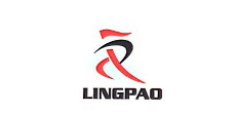
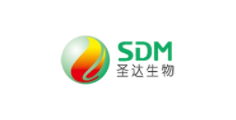
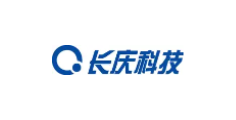
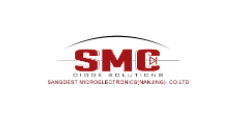
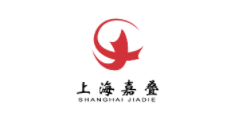

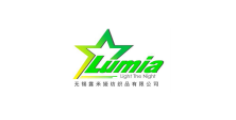
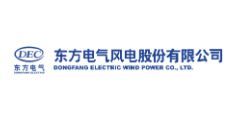


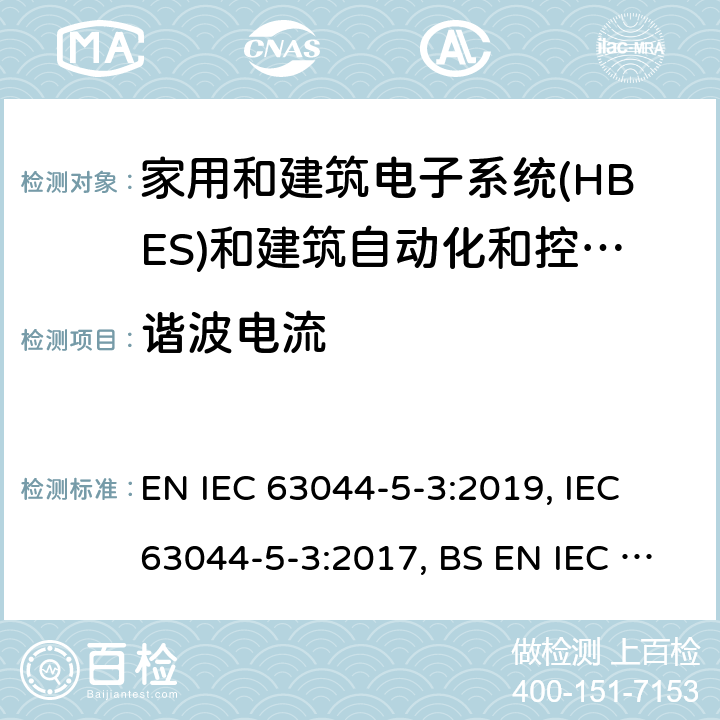
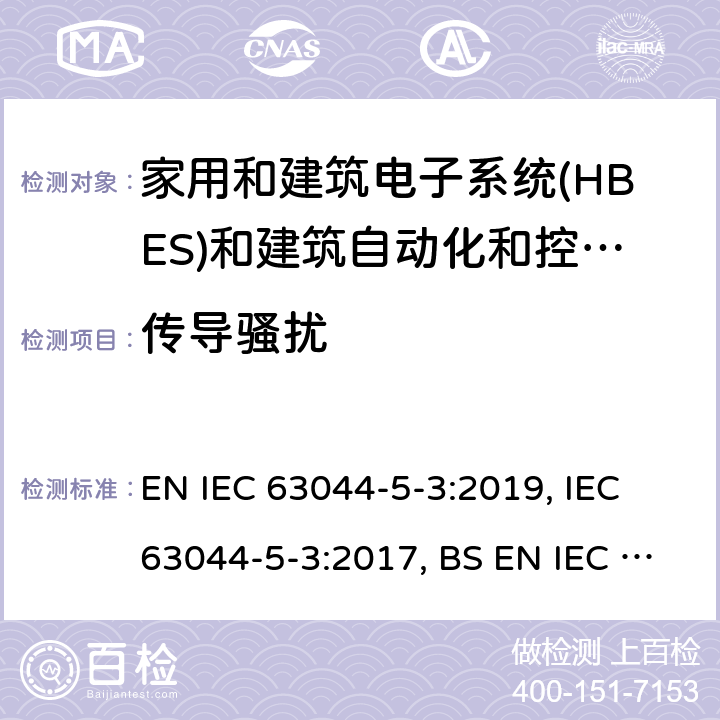
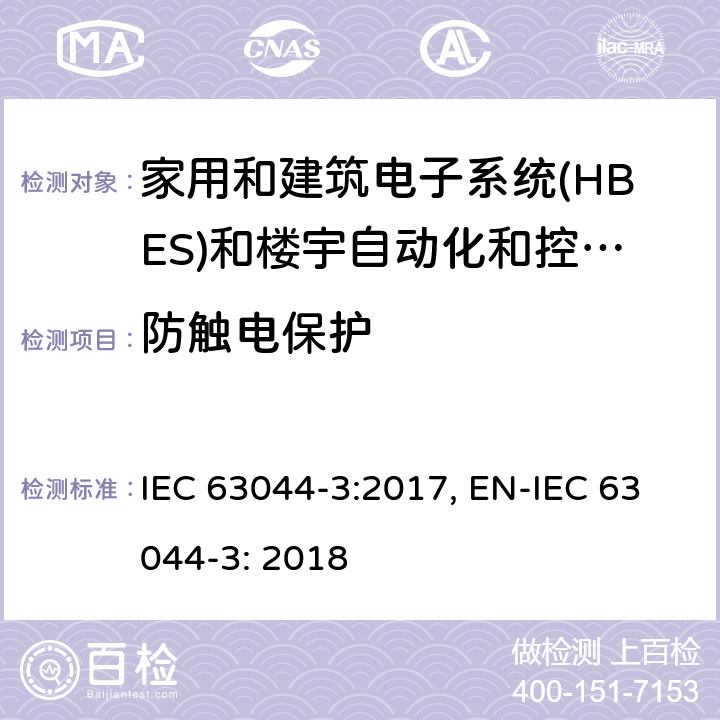
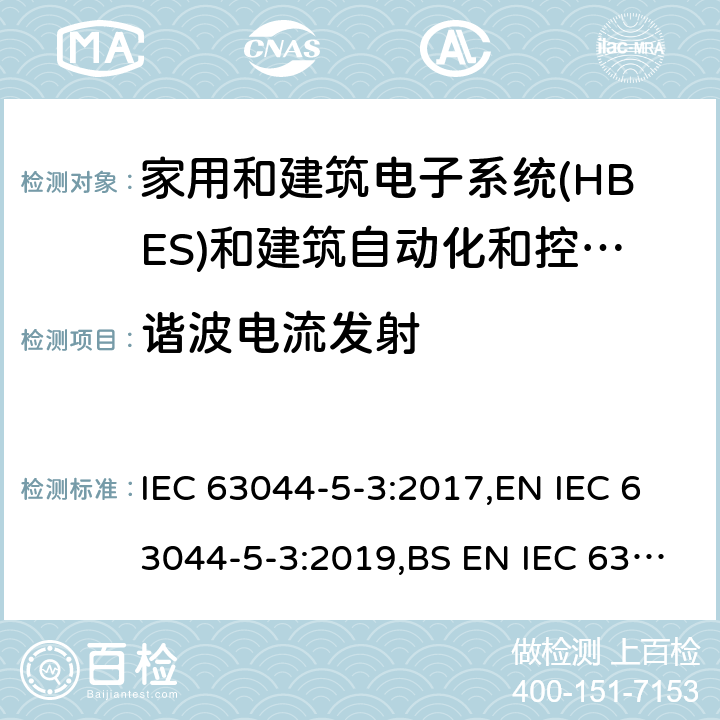
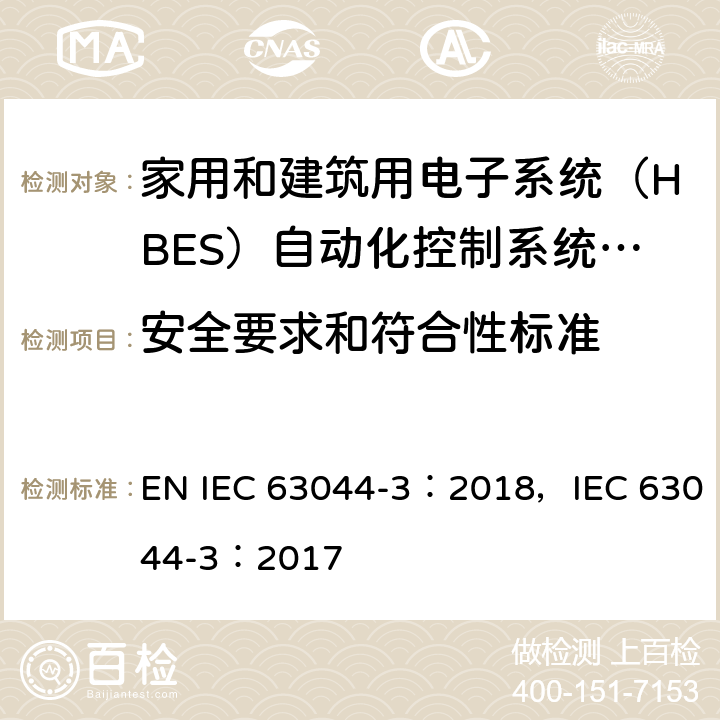
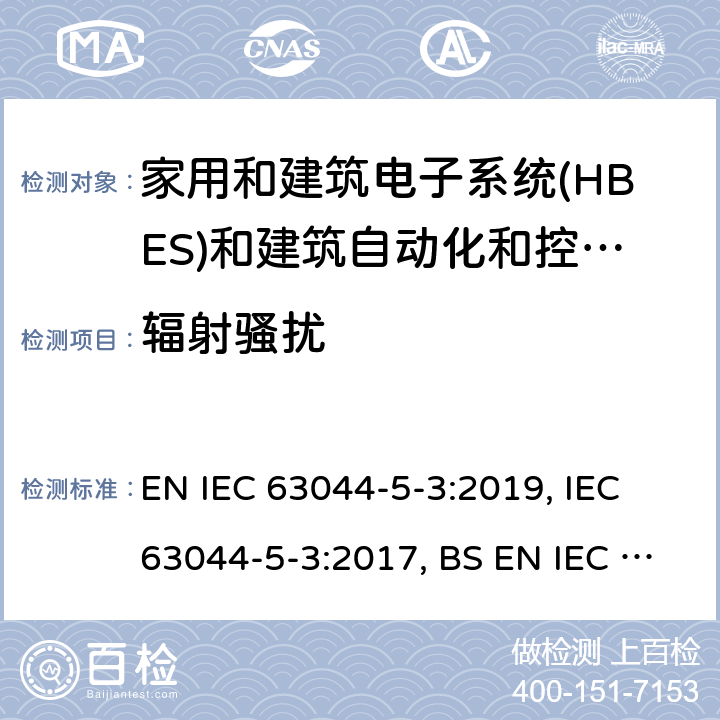

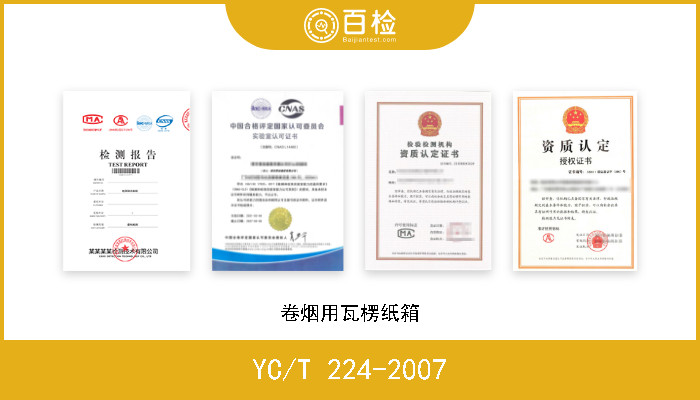
.png)
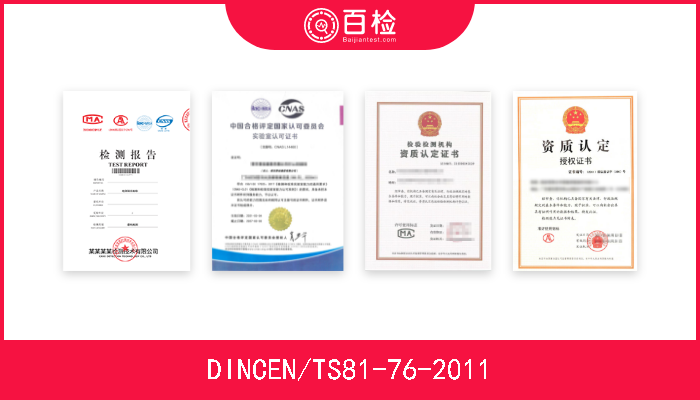
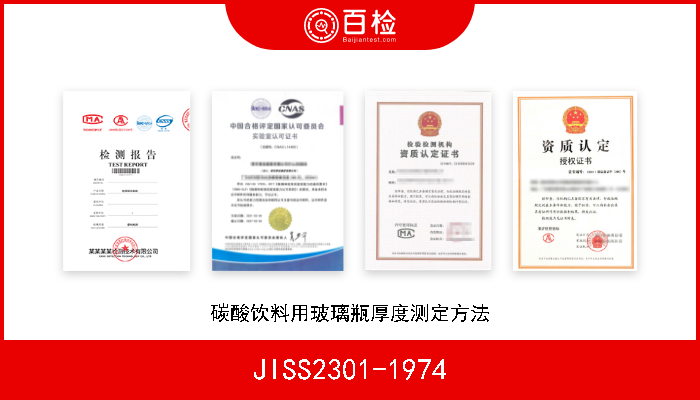
.png)
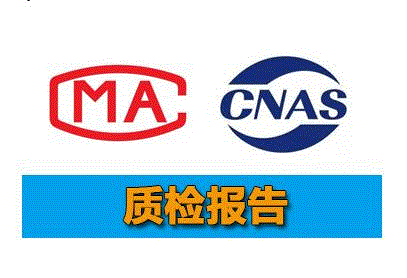
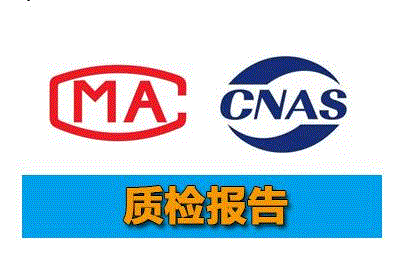
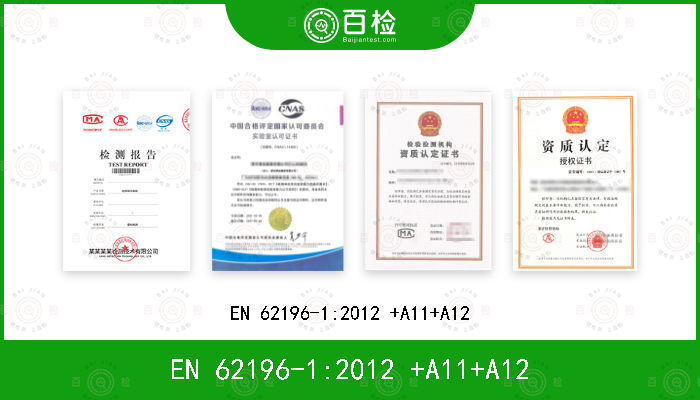



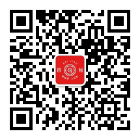
 400-101-7153
400-101-7153 15201733840
15201733840